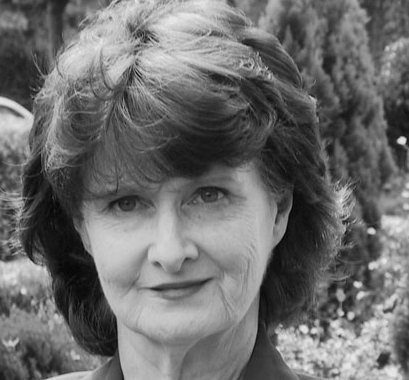Shockingly, a wife who believed "I was not myself, myself" in her everyday dutifulness felt herself remade when her husband, coming home tight, split her lip and knuckled her neck "to its proper angle"; and was grateful for his remodelling. Yet the all-too-ordinary often slipped into something else. She was too deeply read in the myths and epics of Ireland for it to be otherwise. The life that was lived in a brick house could still have a visionary quality.
令人震惊的是,一个尽着日常责任,并认为“这不是真正的我”的妻子,在丈夫准点回家,掰开她的双唇,用手将她的脖子按到“合适的角度”后,感觉自己被重塑了,并且对他的改造感到感激。但是这些过于平常的事经常会发生变化。她对爱尔兰的神话和史诗太了解了,以致于无法接受。在砖房中的生活里可能仍然会产生远见卓识。
In "Night Feed", she noticed not only the rosy zipped sleeper, the hard suckling, the silt of milk left in the bottle, but the movements of earth and stars, and the "long fall from grace" as the feed ended. The stopping of the tumble-dryer, like death, began "to bury/The room in white spaces." An old florin, brushed on a shelf, turned into a silver salmon. That everyday life was also not remote from history. But she preferred to call it The Past: a place of shadows, fragments, defeats, rather than heroics.
在《夜间喂食》中,她不仅注意到了玫瑰色的拉链枕木,坚实的吸吮,瓶中残留的牛奶淤泥,还有地球和星星的运动,还有在喂食结束后感到的“长时间的失宠”。烘干机的停止就像死亡一般,开始将“房间埋葬在白色的空间内”。刷洗过在架子上的二先令银币变成了银色的鲑鱼。日常的生活也并非远离历史。但是她更喜欢叫它“过去”:一个充满阴影,碎片,失败,而不是英雄的地方。

The Troubles appeared, through an ancient television set, as "grey and greyer tears" and "moonlight-coloured funerals". Emigration to America was a woman in a gansy-coat on the deck of the Mary Belle, holding her half-dead baby to her. In "Quarantine" the worst year of the famine, 1847, was encapsulated in a couple found frozen, he still carrying her, holding her feet against his breastbone to try to warm them.
通过一个古老的电视机,引出了北爱尔兰暴力问题,有“比灰色更灰的眼泪”,还有“月色葬礼”。“移民到美国”讲的是一名穿着在甲板上的穿着羊毛毛衣的女人,她抱着自己的半死婴儿。在《检疫》中饥荒最严重的一年,1847年,一对夫妇被冻死。他仍然抱着她,把她的脚放在自己的胸骨上,试图温暖它们。
译文由可可原创,仅供学习交流使用,未经许可请勿转载。













